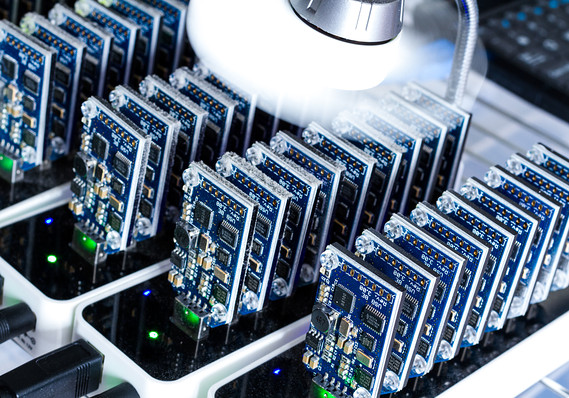How Important Is Cryptocurrency Difficulty for Blockchain Network?
In financial transactions, security threats are a common problem. You can't avoid falling victim to frauds, hacking, and even theft whether you're doing business at a bank or exchanging digital currency.
Authorities would normally warn people about these issues in the hopes that they would take measures while dealing with money or other assets. Investors in cryptocurrencies are no exception. They, too, are vulnerable to cybercrime, posing a challenge to engineers to improve the blockchain network's security measures.
Having a more secure system is one method that crypto specialists aim to prevent harmful assaults on the crypto network. For example, there is a concept known as "cryptocurrency difficulty," which makes the verification of digital transactions more difficult for miners while also improving the network's security.
To manipulate or take control of the entire system, attackers would need a lot of money. It makes it possible for all participants to mine and trade cryptos in a more secure manner.
The Difficulty of Understanding Cryptocurrency
Malicious assaults are possible on the blockchain network. In fact, numerous digital trading platforms have previously been hacked and stolen, resulting in the loss of millions of dollars. Although security protections are being enhanced to remedy any flaws, the technology that permits such transactions isn't perfect. The concept of cryptocurrency difficulty is crucial when it comes to network security.
In a nutshell, it's a metric measuring how tough a cryptocurrency's mining process is in a blockchain. The more complicated a crypto is, the more computer power is required to validate transactions on a blockchain. This is also used as a parameter to keep the average time between blocks constant when the hash power of the crypto network varies. The technology is deemed necessary to protect the network against malicious attacks due to security concerns.
The difficulty of cryptocurrency maintains the system's security and symbolises the processing power required to mine a block. The network's stability is preserved as a result of the procedure, as the time necessary to identify a new block and algorithm operations are both affected.
Understanding the hash power is required to calculate the bitcoin difficulty of a new block. This is the total amount of computing power needed in mining and processing blockchain transactions.
What are Random Hashes?
The alphanumeric code used to represent words or data is referred to as a hash. Crypto miners would typically run a batch of data through a hash algorithm, which generates random hash codes. Miners must compete to produce a hash that is less than or equal to a numeric value before new data may be added to the blockchain. The most important condition in this technique is that a hash match the difficulty.
Individual miners and mining pools contribute computational power to the hashing process by using mining rigs to process the data. The overall hash rates of the mining machines are represented by a network's hash power. However, because each hash is generated randomly, it would take millions of hashes to reach the numeric amount and award fresh coins to the successful miner. The hashing technique is comparable to the lottery system in certain aspects.
Advantages of Cryptocurrency Difficulty
The main benefits of cryptocurrency difficulty are the increased stability and security of the blockchain network. This promotes a safe and efficient digital transaction flow. The following are some brief talks on how the system achieves this goal:
- Steady Rate of New Blocks - The software is set to automatically adjust the target hash above or below a particular amount, resulting in higher or lower difficulty, as the blockchain network needs to produce new blocks at a steady average rate. Bitcoin, which adds a new block to the blockchain every 10 minutes on average, is an example of a pre-set crypto platform.
- Network security - when the difficulty of a coin is higher, more hashes are required to meet the target hash requirement. As a result of this procedure, gaining control of the blockchain network is extremely difficult and costly for attackers.
Conclusion:
The foregoing facts merely demonstrate how important and beneficial the cryptocurrency difficulty is in protecting the blockchain network's integrity and stability. However, when new threats to the security of digital platforms emerge, system improvements are always required to maintain crypto investors' and traders' trust and confidence.

















